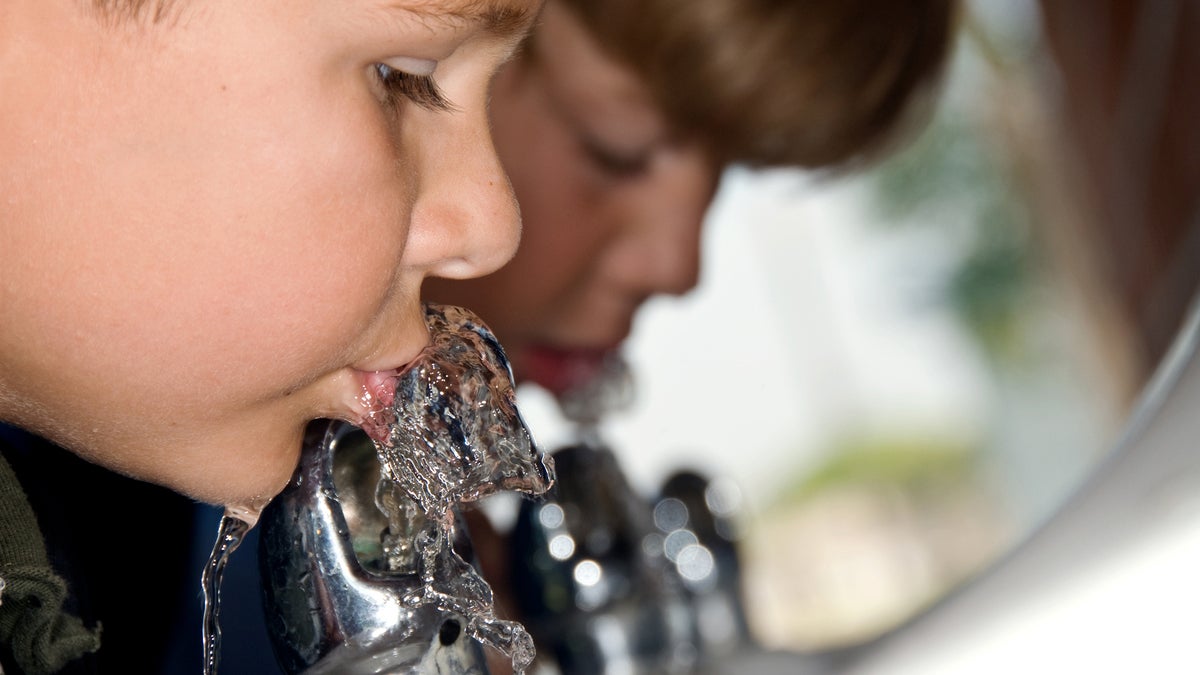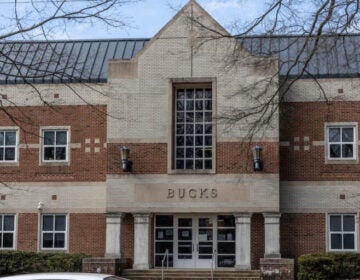After troubling early results, Philly to test all schools for lead in water

(Kelpfish/Bigstock)
After finding elevated lead levels in nearly 50 school drinking outlets, Philadelphia is expanding its water-testing program.
The School District of Philadelphia now plans to test the water at each of its 200-plus schools over the next 18 months. Originally the district said it would test only at 40 high-risk schools and that the testing program was purely precautionary.
The district announced its original testing initiative in August. At the time, officials said they were targeting older schools with younger students. They also said they had no reason to suspect district students were at risk, and that the new round of testing was meant to ease concerns raised by the lead crisis in Flint, Michigan.
“With the new heightened level of concern from Flint, Michigan, our stakeholders — parents, students — have been really wanting to see more testing,” said Francine Locke, the district’s environmental director, at the time.
Since then, the district has tested the water at 26 schools and has results from 22 of those schools. So far, 86 percent of water outlets have passed the test, but the other 14 percent have failed. In raw numbers, the district has tested 361 outlets and found 49 with a lead concentration greater than 15 parts per billion, the minimum threshold for lead content established by the district.
All outlets found to have an unacceptable level of lead were shut off within 24 hours. Those taps can be brought back online if they are fixed and pass subsequent tests.
“We have developed a water program that focuses on providing safe, accessible and appealing water for students in every school,” said Fran Burns, the district’s chief operating officer, in a statement. “Testing for lead concentration, installing hydration stations and promoting education on healthy lifestyles are key aspects of our plan. Over the next 18 months, the district will retest every drinking water outlet in every school.”
Burns said in an interview that the district will spend about $1.5 million on its lead-testing program.
“When we got into the testing, we always said the results would inform where we went from here,” said Burns.
She acknowledged the district was surprised by the number of outlets that failed to pass the most recent round of tests.
“We also are reassured by the fact that 86 percent are below the actionable level and that, immediately, if something is above, we take that water outlet out of service, and we will either remediate, repair or replace,” said Burns.
Drinking water has been a hot topic in the district this year.
The district announced earlier this year it would install multiple hydration stations at every district school. The specially designed water fountains are supposed to encourage water consumption by making it easier for students to fill water bottles.
Meanwhile, City Council passed a measure requiring city schools to have a water fountain for each 100 students. Another Council measure would mandate the district test each school annually for elevated lead levels. That bill has not yet come up for a vote.
On Friday, the district said it will now test each one of its schools every four years.
Councilwoman-at-large Helen Gym, who introduced the legislation that would mandate annual testing, praised the district for expanding its program while also suggesting it wasn’t sufficient.
“The District’s findings of unsafe lead levels at some schools demands immediate action,” she said in a statement. “We know there is no safe level of lead. The 18-month timeline proposed by the District is simply too long.”
Between 2000 and 2010, the district tested all of its water outlets and shut off all that had more than 20 parts per billion of lead. The district has since revised its maximum threshold to 15 parts per billion.
Officials don’t yet know why some outlets that passed during the last tests have failed this time around. In some cases, said Burns, outlets might have gotten the green light under the old guideline of 20 parts per billion, but couldn’t survive the stricter 15 parts per billion standard. In other cases, corrosion or environmental changes might have lead to a higher concentration of lead in previously admissible outlets. Burns said the district is investigating the causes of potential deterioration.
The district also plans to post all water-testing results on its website and inform parents when their child’s school has received lead-test results.
WHYY is your source for fact-based, in-depth journalism and information. As a nonprofit organization, we rely on financial support from readers like you. Please give today.





